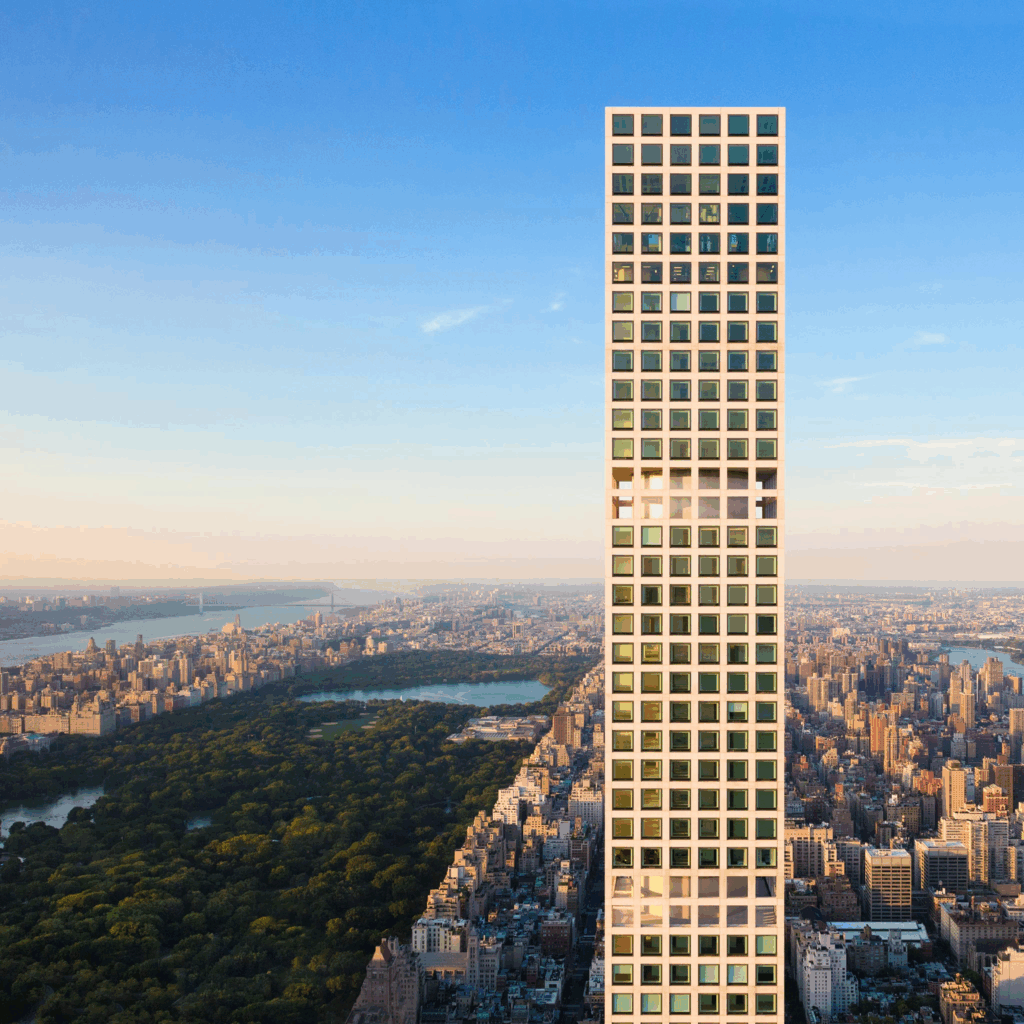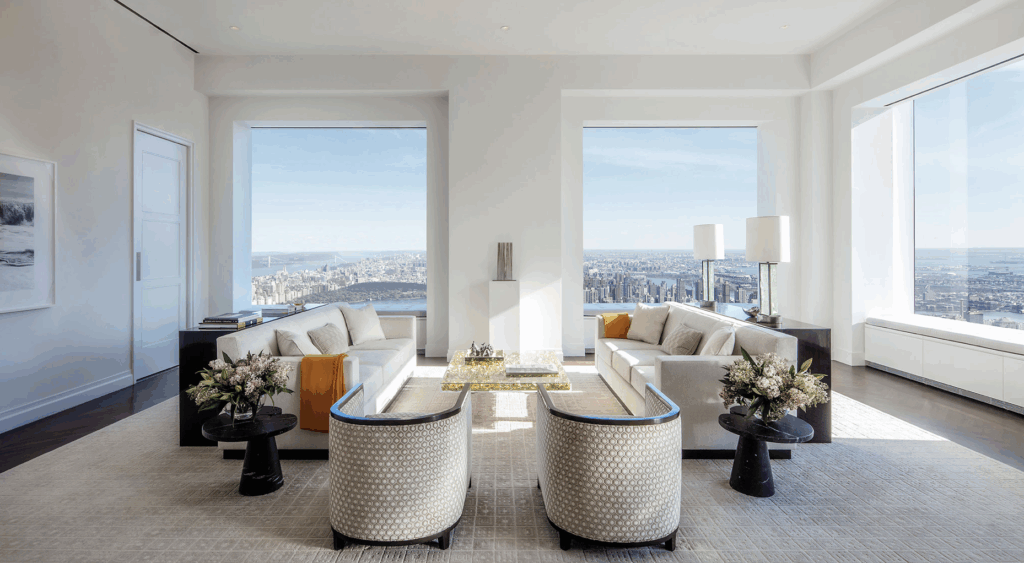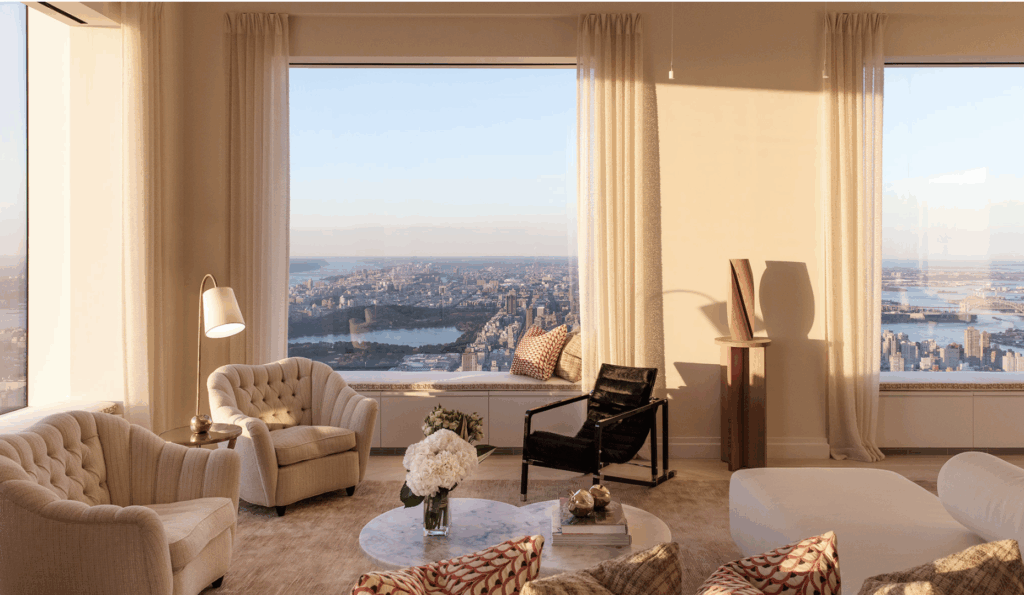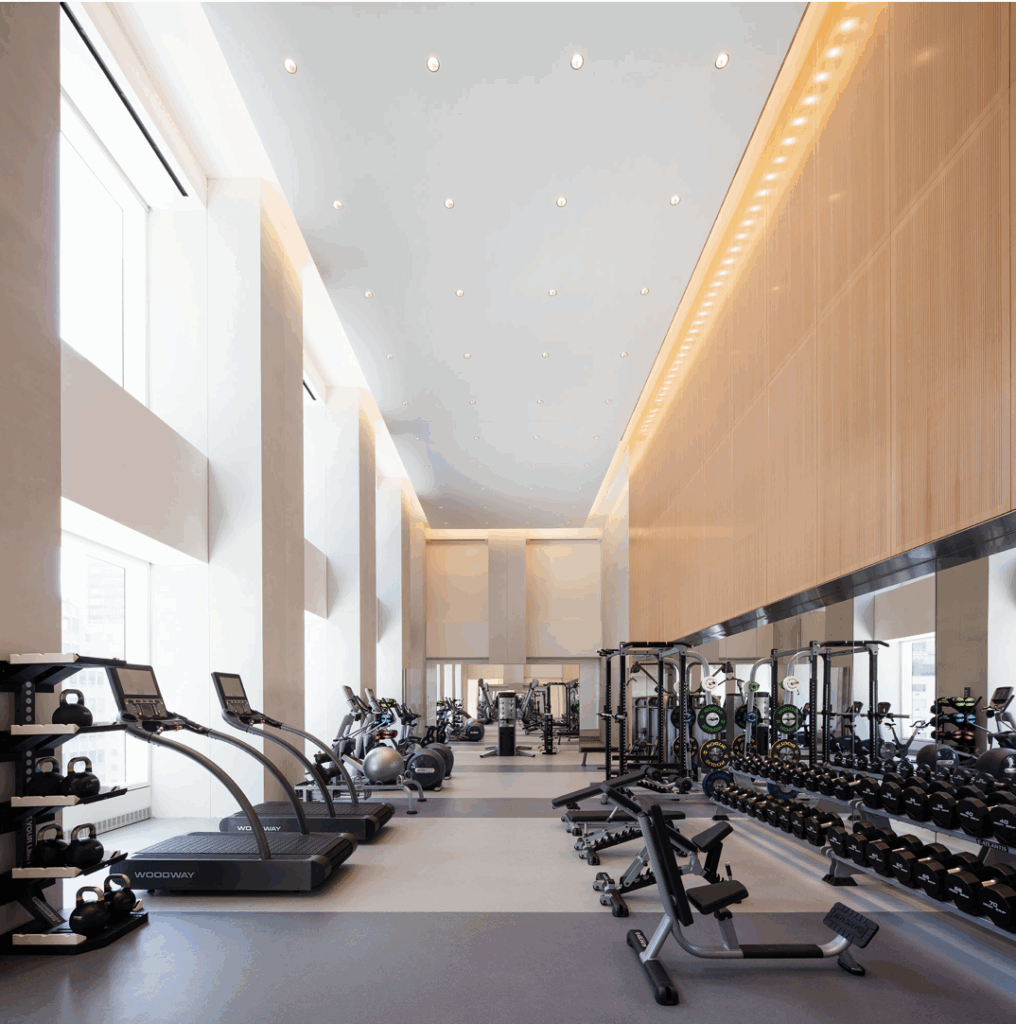The Promise of 432 Park Avenue
stories
When 432 Park Avenue topped out in 2015, it was hailed as the epitome of super‑slender luxury living. Rising 426 metres above Midtown Manhattan, its minimalist concrete façade and perfectly proportioned square windows captured imaginations (and record prices) the world over. Developed by CIM Group and Harry Macklowe, and designed by Rafael Viñoly, it promised a new standard in high‑rise residential design: a marriage of architectural purity and unrivalled city views.
Yet, as residents began to occupy its 104 apartments, the promise started to fray around the edges.
Design and Engineering Ambitions

Image source: New York Yimby
432 Park’s defining slimness—a footprint merely 12 metres by 12 metres—was both its greatest allure and greatest challenge. To accommodate slenderness ratios unheard of in residential towers, engineers specified ultra‑tall concrete pours and tuned mass dampers to mitigate sway. Interior volumes soared on high ceilings, and glass‑walled amenities rooms offered panoramic vistas.
In theory, these were feats of contemporary engineering. In practice, they demanded exacting tolerances and rigorous quality control—two elements that, in the rush to finish and sell, proved alarmingly imperfect.
What Went Wrong

Image Source: 432 Park Avenue
Within months of moving in, owners began reporting a catalogue of defects:
- Excessive noise and vibration: Residents felt the building shudder under wind loads, with heavy rattles and creaks disrupting sleep.
- Facade cracks: Vertical fissures ran along precast concrete panels, some several millimetres wide, allowing water ingress.
- Flooding and water damage: Leaks around window perimeters led to damp patches and, in one case, an entire ceiling collapse when a corroded steel tie failed.
- Elevator malfunctions: Several lifts were repeatedly out of service, stranding occupants for hours at a time.
Most alarmingly, a lawsuit filed in 2024 alleges “tens of thousands” of cracks in the façade, resulting in corrosion of the steel reinforcement and structural risk. Plaintiffs claim the developer cut corners on concrete mixes and waterproofing membranes, prioritising speed and profit over longevity.
Resident Backlash and Legal Battles

Image Source: 432 Park Avenue
432 Park’s affluent buyers—many paying upwards of US$80 million—are not known for patience. By early 2025, multiple class‑action suits were underway. In addition to the 2024 façade complaint, residents have sought compensation for elevator downtime, noise‑induced insomnia and repair costs; some even demand full refunds.
Controversy has not been unique to 432 Park. Neighbouring “Billionaires’ Row” towers such as One57 and 111 West 57th Street (the Steinway Tower) have seen their own woes: One57 endured tragic crane‑collapse delays and wind‑whipped rattles; 111 West was criticised for leaning concerns and squeaking floorboards. Central Park Tower, meanwhile, has courted criticism for unfinished common areas and unexplained delivery delays. Collectively, they highlight the perils of ultra‑slender, ultra‑tall construction in a market driven more by spectacle than substance.
A Broader Lesson in Luxury

Image Source: 432 Park Avenue
What can designers and developers learn from these high‑profile missteps?
- Prioritise performance over prestige
Avant‑garde form factors are alluring, but if mechanical systems, envelope detailing and structural damping fail to meet user expectations, the building’s very raison d’être is undermined. True luxury endures, rather than merely dazzles. - Rigorous testing and mock‑ups
Full‑scale façade mock‑ups, wind‑tunnel and acoustic chamber trials, and extended on‑site monitoring should be non‑negotiable. Cost‑saving omissions here invariably lead to exponential repair bills and reputational harm. - Transparent client communication
Buyers of high‑end residences accept some latency on bespoke finishes, but latent defects—especially those affecting health and safety—must be disclosed promptly, with a credible remediation plan. - Integrated maintenance strategy
Super‑tall towers require long‑term service commitments. Developers should embed lifecycle maintenance contracts—covering façade cleaning, waterproofing renewal and elevator overhauls—into the initial business model.
What True High‑End Design Requires


Image Source: 432 Park Avenue
At Luxoria, we believe genuine luxury stems from a synthesis of aesthetic ambition and taut engineering discipline. Our approach to high‑rise and bespoke residences emphasises:
- Meticulous detailing: Every junction, joint and fixture is specified to withstand decades of use—no matter how slender the floor plate.
- Collaborative consultancy: Early and ongoing dialogue between architect, structural engineer and MEP specialists ensures all systems work in harmonious concert.
- End‑user empathy: We draw upon behavioural studies and acoustic modelling to pre‑empt issues like vibration and noise.
- Sustainable longevity: Materials are chosen for both beauty and durability; finishes can be refreshed rather than replaced.
Looking Ahead
432 Park Avenue will continue to loom—literally and figuratively—over Manhattan’s skyline and serve as a cautionary tale for extreme‑height residential projects. Its legal battles, refurbishments and ongoing criticisms remind us that in the race to top the charts of structural bravado, the very human needs of comfort, safety and reliability must never be forgotten.
For developers and designers, the lesson is clear: curiosity and creativity must go hand in hand with rigour and restraint. Buildings that endure the test of time are those that prioritise lived experience just as much as they do engineering prowess.
To see more from us, our news stories and blog posts, follow the link HERE. Additionally, if you want to keep up to date with the progress of our projects, you can follow us on Instagram. We regularly post updates on our international projects!



